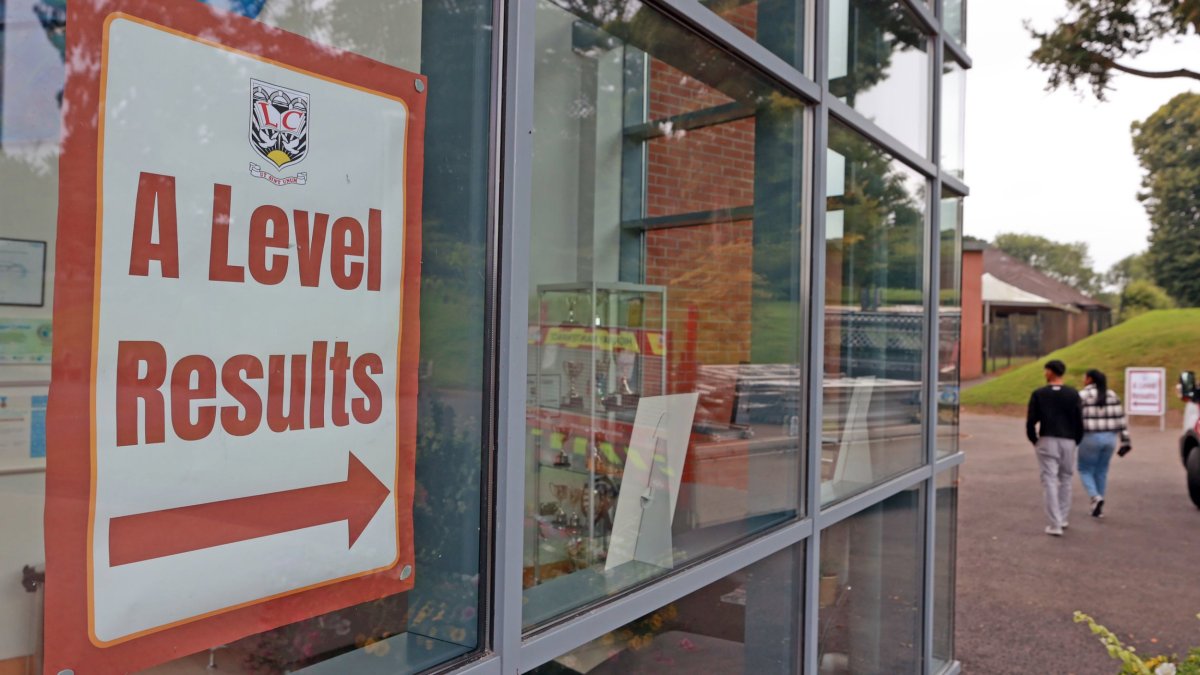The A-level results gap between wealthier and more deprived areas of the UK has continued to grow amid the lingering effect of the Covid pandemic on a generation of schoolchildren.
This year’s school leavers were particularly impacted by the pandemic, with many facing prolonged periods shut out of class, before facing further disruption over the past year, due to teachers’ strikes.
Pupils from more deprived areas, who often did not have the same access to out-of-school learning as their wealthier counterparts, appear to have struggled to catch up, according to this year’s results.
Data released by exam boards showed the disparity between school leavers obtaining the highest A* and A grades in the North East and London has more than doubled since the pandemic. Students in the North East obtained eight per cent fewer top A-levels compared to their peers in the capital – a figure which stood at 3.9 per cent in 2019.
The North East was one of only two English regions, along with Yorkshire & the Humber, where the number of A* and A grades fell compared to 2019. In the North East, which has the highest rate of children eligible for free school meals in England, the share of top grades fell from 23 per cent to 22 per cent, while Yorkshire & Humber recorded a small fall of 0.2 per cent to 23 per cent.
By comparison, the proportion of the highest grades rose by 3.1 per cent to 30 per cent in London and reached 30.3 per cent in the South East.


